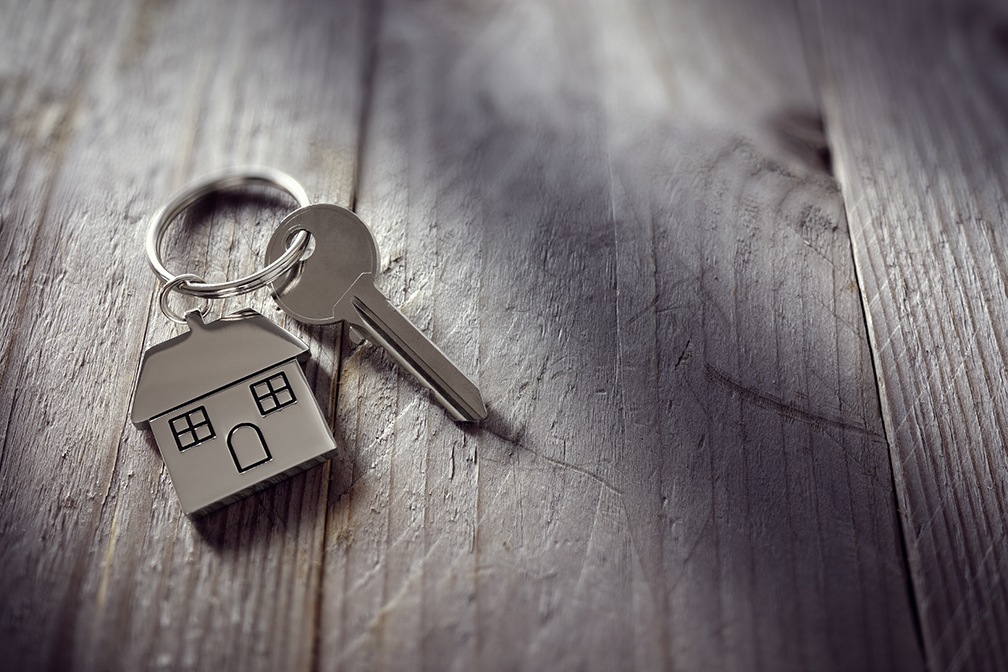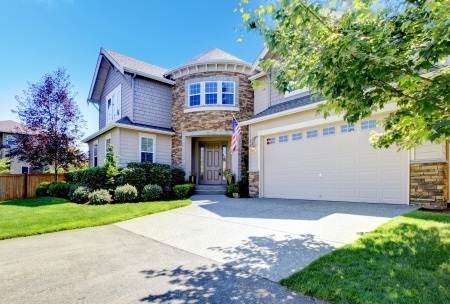3 Reasons Why Buying an Investment Property Is the Best Way to Build Your Net Worth
 Whether you have recently graduated from college or are getting close to retirement, it’s likely that you have given some thought as to how you can grow your net worth. You might have invested in stocks, picked up a few bonds or have a 401(k) plan set up to help fund your retirement. But have you considered buying real estate as part of your portfolio?
Whether you have recently graduated from college or are getting close to retirement, it’s likely that you have given some thought as to how you can grow your net worth. You might have invested in stocks, picked up a few bonds or have a 401(k) plan set up to help fund your retirement. But have you considered buying real estate as part of your portfolio?
In today’s blog post we’ll have a look at three reasons why real estate investing is one of the most effective ways to grow your overall net worth.
Reason #1: It Generates Passive Income
One of the best reasons to hold real estate as part of your investment portfolio is that it can generate passive income in the form of rent. Whether you buy a single-family home or an apartment block, you can almost certainly find interested tenants who will live there. Part of the rent you receive each month will cover the costs of owning and operating the property. The rest of it is income which will continue to build over time.
Reason #2: It Increases In Value Over Time
Another great reason to invest in real estate is that in most cases, it increases in value over time. As long as you are maintaining the property and investing in its upkeep you have a decent shot at it being worth more in the coming years, should you decide to sell. Keep in mind that real estate is cyclical and that it’s not always going to be the right time to sell and realize your gains.
Reason #3: You Can Leverage Equity To Buy More Properties
Finally, our third reason that real estate is the best way to build your worth is your ability to use it as leverage to buy more real estate. For example, say you decide to purchase a house valued at $100,000 as an investment property. Once the mortgage on that home is paid off, you have an asset valued at $100,000 that you can then borrow against. So you can go out and acquire another $100,000 home without having to sell the first. As you can see, this can scale quite nicely over time.
If you are interested in learning more about real estate investing and how you can make use of mortgage financing to purchase properties, give our offices a call. We are happy to share our insight and expertise as well as advise you on the best mortgage products to help reach your financial goals.
 Home prices increased in November, with national home prices up 0.70 percent month-to-month and 6.20 percent higher year-over year. Case-Shiller’s 20-City Home Price Index rose by 0.70 percent in the three-month period ending in November; nationally, home prices grew 6.20 percent year-over-year.
Home prices increased in November, with national home prices up 0.70 percent month-to-month and 6.20 percent higher year-over year. Case-Shiller’s 20-City Home Price Index rose by 0.70 percent in the three-month period ending in November; nationally, home prices grew 6.20 percent year-over-year. Are you ready to join the ranks of homeowners in our local community? Congratulations – homeownership is a big step towards building your net worth and financial freedom. However, it is also a significant transaction that will affect your finances for the foreseeable future. Let’s take a look at a quick four-step checklist that will help you to get ready to buy a home with a mortgage in 2018.
Are you ready to join the ranks of homeowners in our local community? Congratulations – homeownership is a big step towards building your net worth and financial freedom. However, it is also a significant transaction that will affect your finances for the foreseeable future. Let’s take a look at a quick four-step checklist that will help you to get ready to buy a home with a mortgage in 2018.